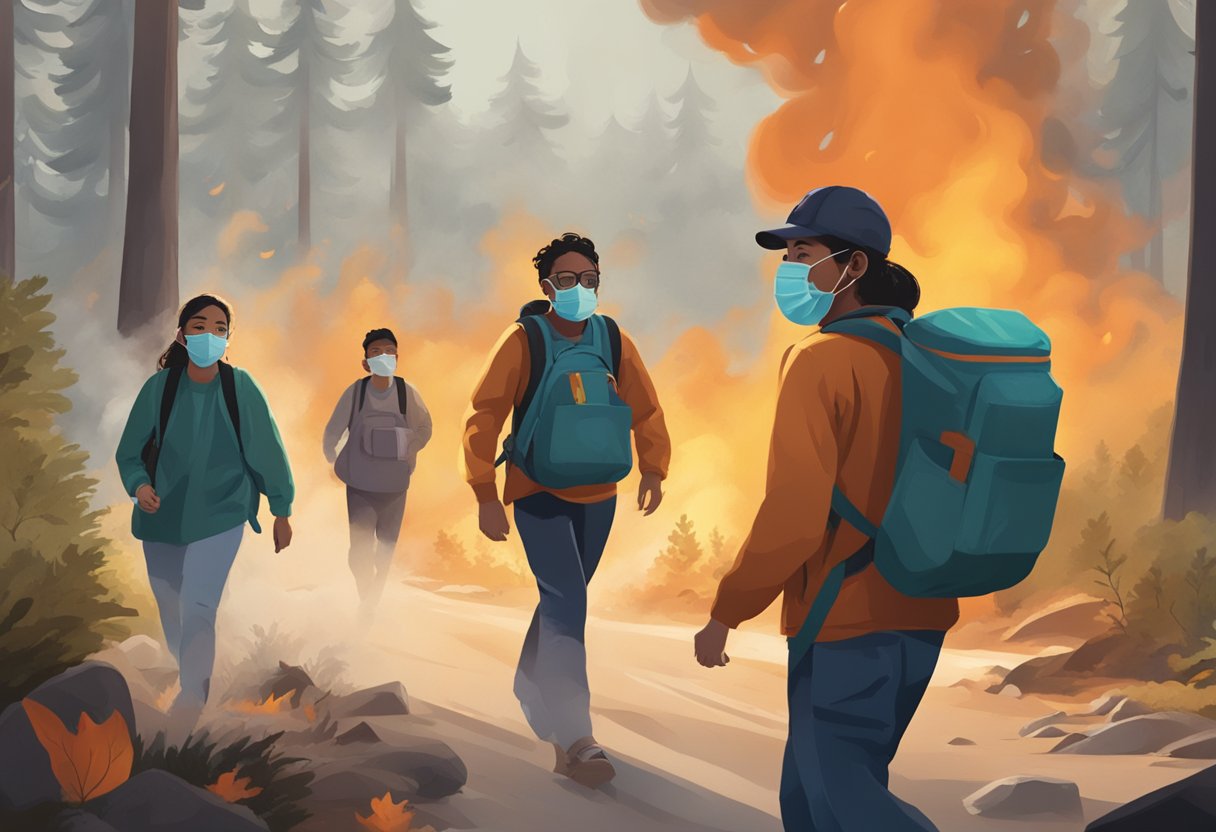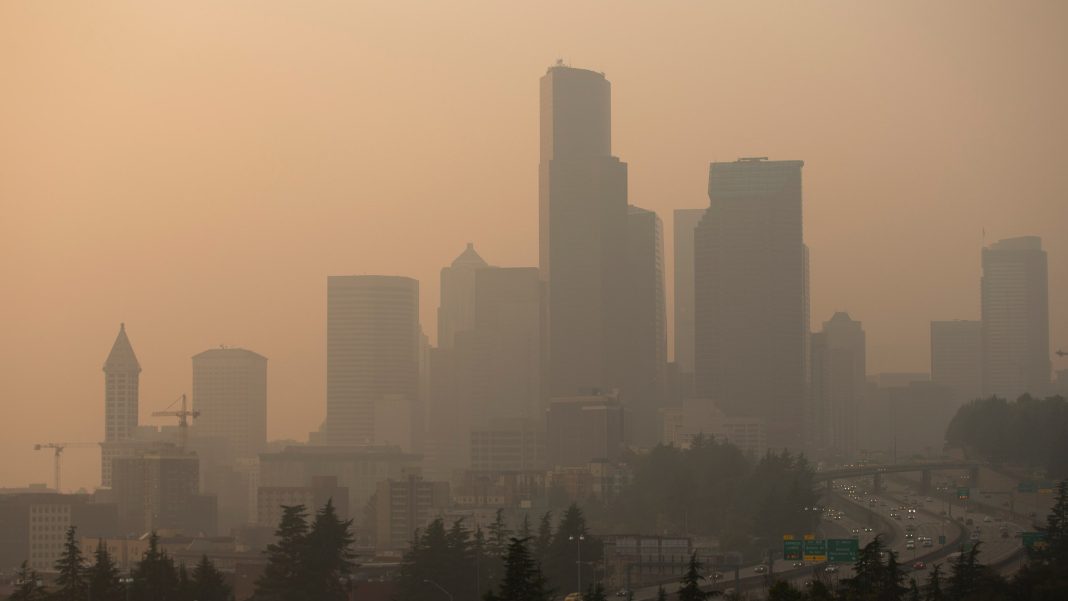West Coast Students Face COVID-19 and Wildfires: Challenges and Solutions
As the COVID-19 pandemic continues to affect communities across the United States, West Coast students are facing additional challenges due to the recent wildfires that have ravaged the region. With many schools already transitioning to online learning due to the pandemic, the wildfires have further disrupted the education of students in California, Oregon, and Washington.

The wildfires have forced many schools to close temporarily, leaving students without access to in-person classes or resources. In some cases, schools have had to cancel classes for weeks or even months, causing students to fall behind in their studies. Additionally, many students and their families have been forced to evacuate their homes, leaving them without access to computers or internet access needed for online learning.
Despite these challenges, many West Coast students are finding ways to adapt to the new normal. Some schools have implemented creative solutions, such as providing mobile hotspots and laptops to students who have been displaced by the wildfires. Others are working to provide mental health resources and support to students who are struggling with the stress and trauma of the pandemic and the wildfires.
Impact of COVID-19 on West Coast Students
Challenges in Remote Learning
The COVID-19 pandemic has forced schools to shift to remote learning, which has presented several challenges for West Coast students. The lack of face-to-face interaction with teachers and peers has made it difficult for some students to stay motivated and engaged in their studies. Additionally, students from low-income families have struggled with accessing reliable internet and technology, hindering their ability to participate in online classes.
Mental Health Concerns
The pandemic has also taken a toll on the mental health of West Coast students. The stress and uncertainty surrounding the pandemic, as well as the isolation caused by remote learning, have led to increased anxiety and depression. Students who were already struggling with mental health issues before the pandemic have found it even more difficult to access the support they need.
Vaccination and Safety Measures
As vaccination efforts continue across the country, West Coast schools are implementing safety measures to prevent the spread of COVID-19. Some schools have required students to be vaccinated before returning to in-person learning, while others have implemented mask mandates and social distancing guidelines. These measures have been met with mixed reactions from students and parents, with some expressing concerns about the safety and efficacy of vaccines.
Overall, the COVID-19 pandemic has had a significant impact on West Coast students, particularly in terms of their education and mental health. While schools are taking steps to mitigate the effects of the pandemic, it is clear that the effects of this crisis will be felt for years to come.
Wildfire Effects and Student Safety

Evacuation and Displacement
As wildfires become more frequent and intense on the West Coast, students are at risk of being displaced and evacuated from their homes and campuses. In 2020, the wildfires forced thousands of students to evacuate their dorms and off-campus housing, leading to temporary displacement and uncertainty about their academic future.
Colleges and universities have implemented emergency plans to ensure the safety of their students during wildfire season. These plans include evacuation routes, designated meeting points, and communication protocols. However, students should also be prepared with their own emergency kits, which should include essentials such as water, food, and first-aid supplies.
Air Quality and Health Implications
Wildfires also have severe implications for air quality, which can impact the health of students living on the West Coast. Smoke from wildfires can cause respiratory problems, eye irritation, and headaches, especially for those with pre-existing health conditions.
To mitigate the health risks associated with wildfire smoke, students should monitor air quality levels and limit outdoor activities when air quality is poor. Additionally, colleges and universities should provide students with access to air purifiers and masks to help reduce exposure to harmful pollutants.
Educational Disruptions
Wildfires can also disrupt the academic progress of students on the West Coast. School closures and evacuations can lead to missed classes and assignments, which can impact grades and graduation timelines.
To address these disruptions, colleges and universities should provide students with flexible academic accommodations, such as online classes and extended deadlines. Additionally, students should communicate with their professors and academic advisors to ensure they are aware of their situation and can provide support.
Overall, the effects of wildfires on student safety and education are significant and require proactive planning and preparation from both students and educational institutions.
